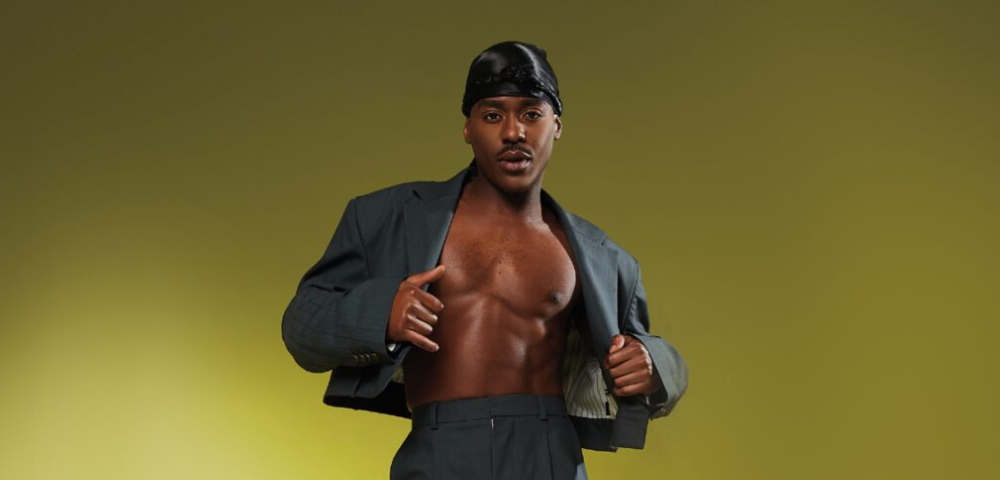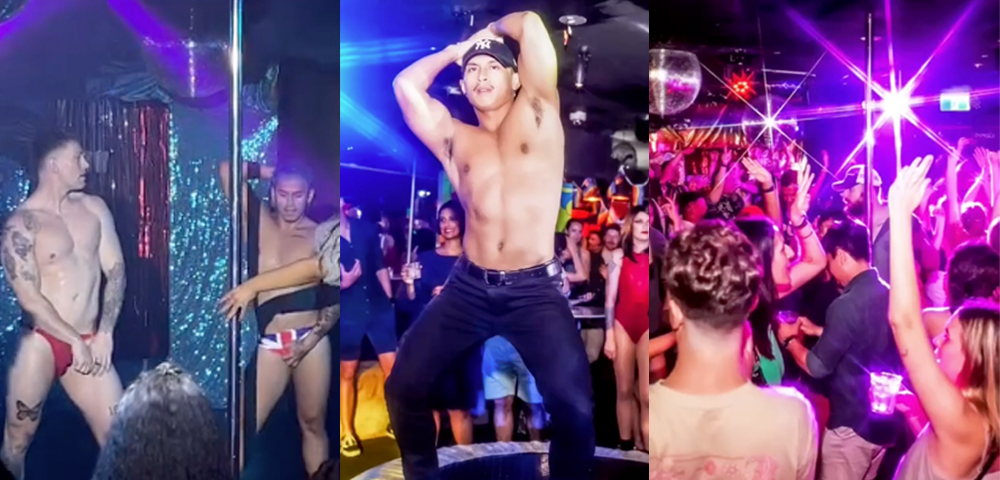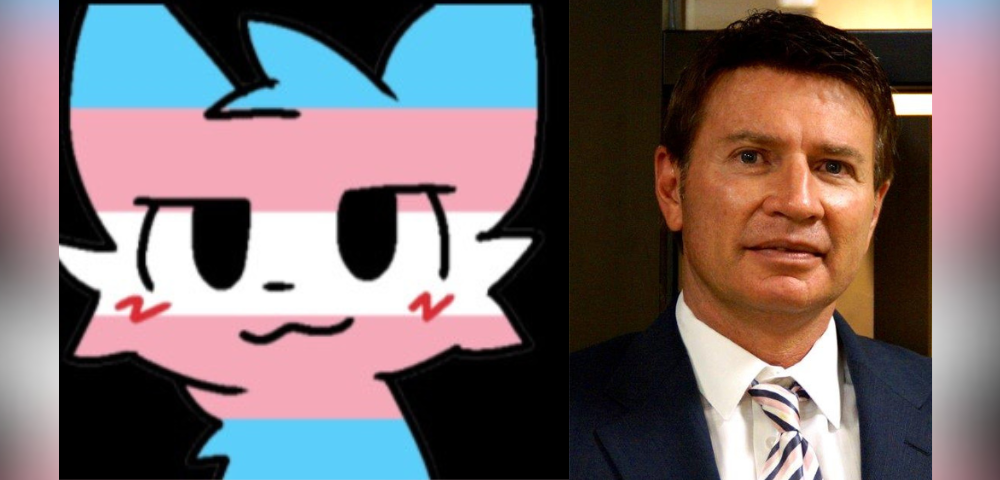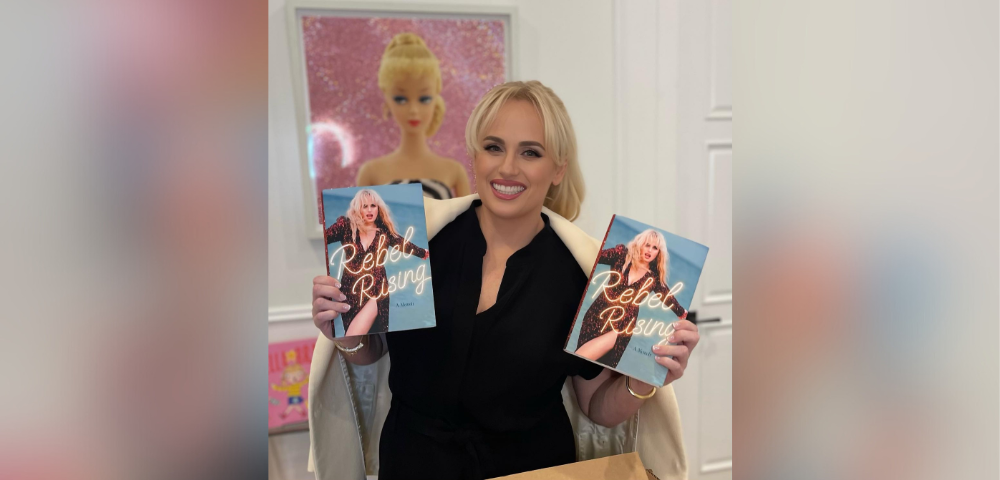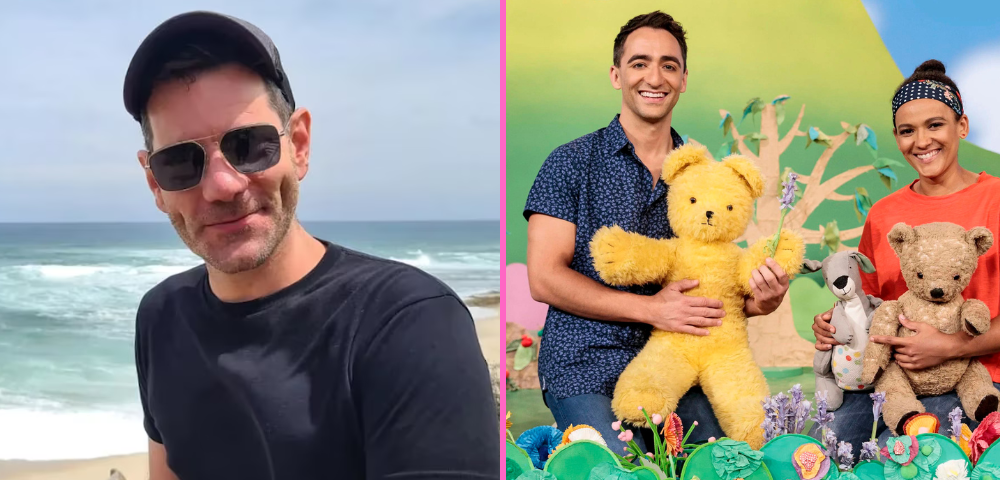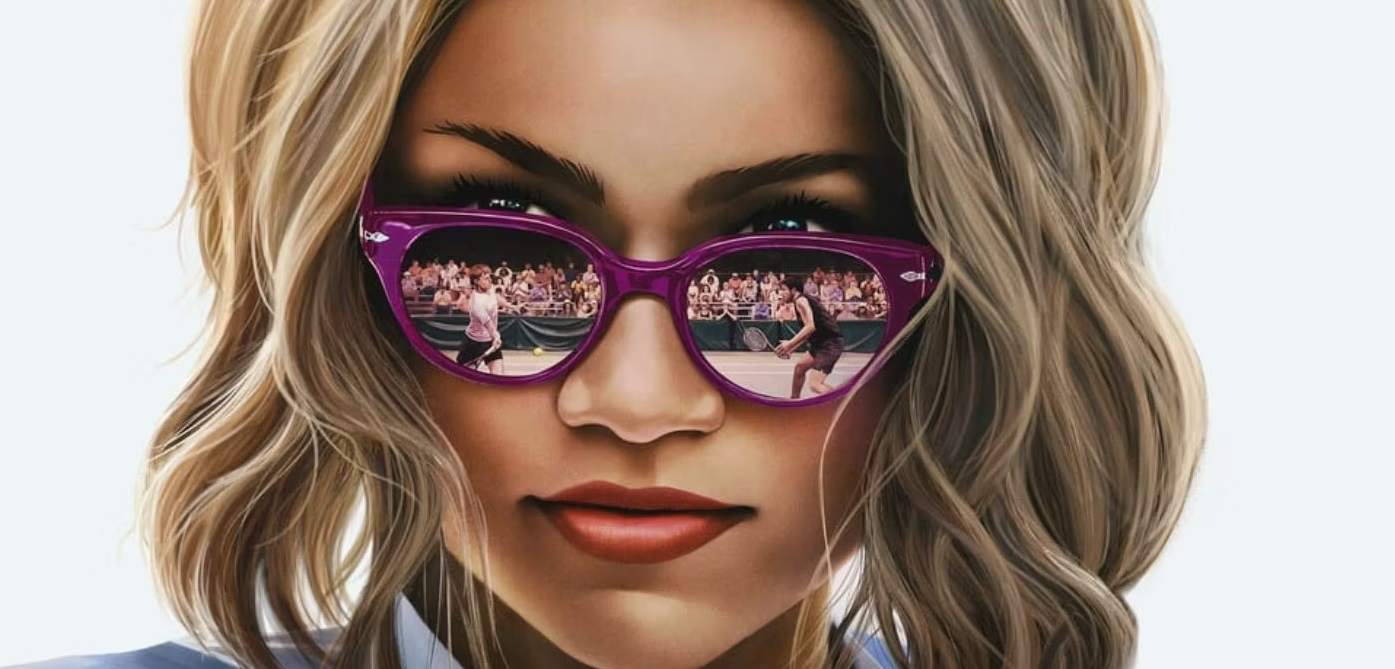
Queer storyteller still going strong
Just a couple of years shy of his 70th birthday, celebrated gay photographer, performer, director and storyteller William Yang is showing no signs of slowing down. In the coming weeks, he’s involved in three separate projects, each requiring him to take on a different role.
There’s Stories East and West, in which Yang will direct a collection of Asian-Australian artists as they share their stories on stage. There’s Meeting in Moree, in which he will take to the stage with Kamilaroi descendant, Aboriginal researcher and 2004 Australia Day Citizen of the Year Noeline Briggs-Smith, the pair telling their life stories side-by-side.
Then there’s his latest photographic exhibition, Old New Borrowed Blue, showing as part of the Mardi Gras festival.
As well as requiring something different for him as an artist, each project focuses on a different aspect of Yang’s life: his Asian heritage, his solidarity with other marginalised minorities, and his documenting of gay culture over several decades.
Stories East and West was an opportunity for Yang to explore the parallels and divergences of the life stories of a group of Asian-Australians.
“There’s a similar thread running through all the stories in the show, in that they all deal with marginalisation, but they’re very different stories,” Yang told the Star Observer.
“Annette Shun Wah and I are co-directors and producers of the piece, and I’ve enjoyed the sense of community and solidarity when you cluster together with other people from similar backgrounds.”
On the other hand, his storytelling show with Briggs-Smith came about when he did a workshop in Moree with white and Indigenous artists.
“I tell my story, she tells hers, and it’s quite a nice format. They’re similar stories in one sense, as they’re both about being marginalised people. The Aboriginal story is much darker than mine, but they tend to work off each other well. On its own, her story would probably be just too dark to present as entertainment.”
It seems that Yang, who was born in North Queensland as a second-generation Australian of Chinese grandparents, finds it easy to empathise with others of differing, but similarly marginalised, backgrounds.
“I do. I feel I’m at least sympathetic because I’m marginalised too. Certainly when I told my story to the Aboriginal community in Moree, they recognised certain aspects of my story. They actually found that recognition hilarious, realising that I was an outsider, but in an entirely different way from them. The common thread is that we’re both marginalised cultures.”
Does he think the queer community could be more sympathetic to those marginalised because of race? Many non-white queers report that racism still thrives on the gay scene.
“Well, it’s all a process, and it takes time, which is probably why I still find it important to tell my story. People like Pauline Hanson give permission for racism — there are always bad leaders and role models.”
Yang did the reverse of many Australians from non-Caucasian backgrounds, rejecting his parents’ assimilation into white Australia and changing his name back from ‘Young’ to the traditional Chinese ‘Yang’ as a mark of cultural pride in 1983, at the age of 40. It was the culmination of many years spent struggling to deal with his Chinese-Australian identity.
“It was part of a very conscious effort I made in the early ’80s to claim my Chinese heritage — to ‘come out’ as Chinese, if you will. I do see it as quite similar to being gay. It’s an aspect of you that, in my case, was denied and unacknowledged.
“In both my sexuality and my heritage, I had to consciously acknowledge it and claim it.”
And claim it he has — much of Yang’s photographic work deals with sexuality. The political upheaval and free love of gay life in the 1970s, the ‘black death’ of the initial AIDS crisis in the late ’80s and the mainstreaming of gay culture in the ’90s: Yang was there, chronicling it all.
Photos from throughout his career form the basis of his latest exhibition, Old New Borrowed Blue.
“I’d describe it as self-portraits, landscapes, gorgeous guys and scenes from gay life. A lot of artists just show new bodies of work, but I like to show older work as well. I feel it contextualises the new work.”
And while Yang’s focus nowadays is more on storytelling and contextualising his older works, he still finds time to get out the camera regularly.
“I’ll probably photograph Mardi Gras this year, and I still try to document my life with the camera. There’s a thread to my work, there’s a gay thread. I still photograph attractive men — that’s my main thread now!”
info: Visit www.williamyang.com
WHERE TO CATCH WILLIAM YANG
For those out west, Stories East and West plays at the Riverside Theatre in Parramatta on January 28 and 29, with Meeting in Moree following on February 4. The two works also play as part of the COOLie Asian-Australian performance event, at Belvoir Downstairs, February 1-13. Yang’s latest photographic exhibition, Old New Borrowed Blue, is at Stills Gallery, Paddington from February 2-26 as part of Mardi Gras.




